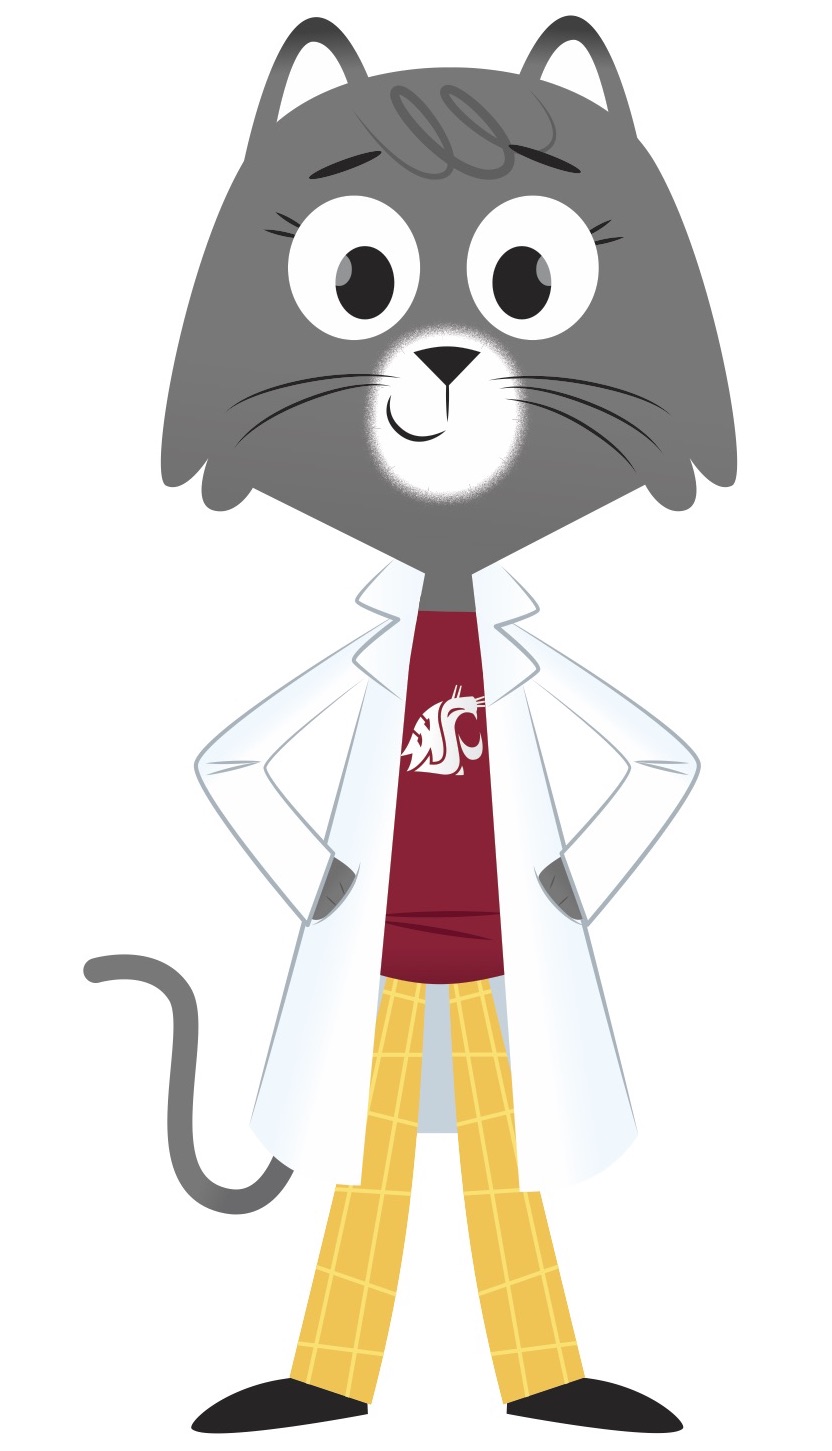Dear Dr. Universe: What is venom? -Callum, 9
Dear Callum,
A lot of different animals, like wasps, spiders, snakes, jellyfish, and scorpions, make venom. Animals like the cone snail, the blue-ringed octopus, and centipedes do, too.
Venom is a mixture of different proteins that can be very toxic to animals. While humans don’t make venom, they do carry around proteins. Proteins called keratin are the building blocks of your hair and nails. The red protein hemoglobin in your blood helps deliver oxygen around your body.
Venom tries to disrupt the systems in our body that help keep us alive, said my friend Mark Margres. He’s a venom researcher who studied at Washington State University and now works at Clemson University.
Hey, cool cats. I’m Doctor Universe, here to answer you’re baffling science questions. Like this one. Dear Doctor Universe, why do we have earwax? Just the other day I was scratching my ears when I found some earwax. It was pretty gross, but it also made me very curious. We have earwax for many of the same reasons we’ve got buggers in our nose. Earwax helps invaders like bacteria and dirt from getting deep into our ears. It also protects our inner ears which connect to important nerves that we use for balance and hearing. The outer ear is an earwax factory. It’s where special glands under your skin produce the sticky, wet wax. When it comes to keeping our ears clean and fresh, it’s best to just dab our ears with a towel after a bath. And remember, don’t ever stick anything smaller then your elbow in your ear. You can submit a science question of your own at AskDrUniverse.wsu.edu.
Hey cool cats, I’m Dr. Universe, here to answer your baffling science questions like this one: Dear Dr. Universe, why do animals hibernate? Animals survive winter in different ways. Some penguins huddle together in groups to create heat. Lots of birds fly south to warmer weather. Maybe you put on mittens and a coat. Then there are the hibernators. Bears, bats, frogs, and salamanders for example. Hibernation is a kind of deep long winter sleep but it isn’t exactly the same kind of sleep these animals would normally have at night. During hibernation these animals have slower heartbeats, a lot of them can go without food for months at a time, and many don’t even have to wake up to go to the bathroom. All of these things help them survive the season. While some animals hibernate in winter, others estivate during hot, dry seasons. Can you think of some things animals might need to survive in these conditions? You can submit a science question of your own at AskDrUniverse.wsu.edu.
How does a string of lights work?
Just the other day I was taking down a string of lights from my lab, when I discovered the bulbs were burnt out. I visited my friend Aaron Crandall, an engineer at Washington State University, to see if I might get them working again.
Read more
Why do animals live in groups?
Fish swim in big schools. Baby ducks waddle in a straight line. Ants and bees divide up labor. The world is full of animals that live in groups and they do it for a few different reasons.
Read more
How is glass made?
We can make glass in factories and we can find it in nature. Some volcanoes make glass. When they spew out lava, it often cools into obsidian, a black glass. Glass can also form on sandy beaches. Small tubes with smooth glass on the inside may appear after super-hot lightning strikes the sand.
Read more
Do all animals pass gas?
If you’ve ever been near a cat or dog when they tooted, the smell might have sent you running right out of the room. A lot of animals pass gas. But believe it or not, some animals do not.
Read more
Got Cat Mail?
Sign-up for the weekly e-newsletter to get the latest answers, activities, and videos!

